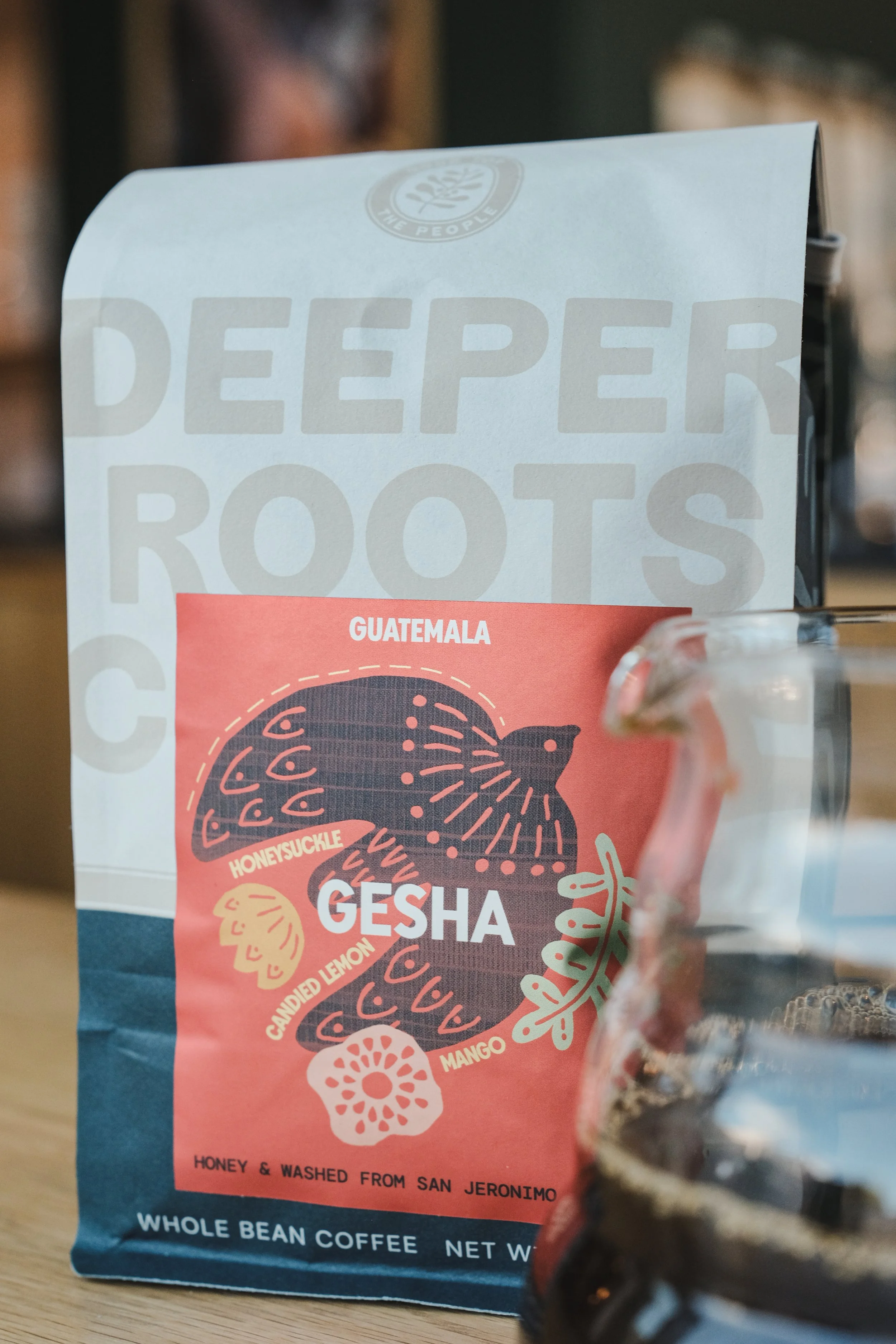Gesha
We’ve already released the El Jardin Gesha this year, and later this week we’ll be releasing the Finca San Jeronimo Gesha – which may leave some of you wondering, “What the heck is a Gesha and why should I care?” Gesha refers to a specific variety of coffee, one that is highly sought after and regarded. As to the second question, that requires a bit more explanation.
The first ever expression of single variety gesha was only in 2004. Hacienda La Esmerelda in Boquete, Panama submitted the first lot of gesha to a Best of Panama competition that year. For the competition, all coffees submitted were roasted the same way and then cupped all together. After tasting the lot from Hacienda La Esmerelda, one of the judges of the competition famously said, “I am the least religious person here and when I tasted this coffee I saw the face of God in a cup.” Safe to say it blew the judges away – and the resultant auction shattered records. The original lot of gesha sold for $21 a pound green. If that sounds like a lot, recent auctions for award winning geshas have climbed past $600 a pound.
What makes gesha so special? It’s complicated and not fully understood. First things first – it is G-E-S-H-A, not geisha. It’s named after a mountain and nearby village in Ethiopia, the birthplace of arabica coffee. It was first brought to Central America in 1953 by way of Kenya as a variety that showed disease-resistant promise. Reports of the taste were mixed; some were even downright poor. In 1963 gesha was planted in Boquete, a high-altitude region in Panama now famed for it. It wasn’t for forty years that full taste potential of gesha would be realized. Something about the unique terroir of Central America, especially Boquete, produced flavors unlike anything else the coffee world had ever seen. Explosive floral tastes of jasmine and honeysuckle alongside intense tropical fruits and a tea like body are hallmarks of geshas. Most of the coffee professionals I know could easily pick out the gesha on a table of coffees.
You may also be wondering why it’s so expensive. Apart from its wholly unique flavor and relative rarity, it’s also difficult to grow. It hasn’t been crossbred to increase production; it produces relatively few cherries. It needs high altitude to coax out the delicate sweetness and acidity, but that least to longer growing times. It also has wider gaps between the nodules (areas of the branch where cherries grow) compared to other more common varieties. Again, lower yields.
The question you’re most likely to hear from customers is, “Is this really worth it?” That depends. For my money, the answer is always yes – especially when it comes to this particular gesha from Finca San Jeronimo. Their care for growing and processing this variety is unmatched, and it shows in the cup every year. Is it a coffee to take home and brew gallons of for the holidays? Probably not. But for the discerning palate, or for someone who wants to experience a special taste, it doesn’t get much better. We always release this gesha around the holidays, and it always reminds me of those times with family. It’s been my Christmas morning coffee for the last six years or so. I’m sure I’ll enjoy it with my loved ones again this year.


